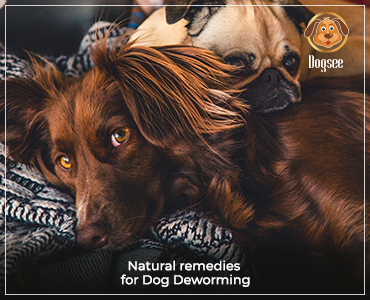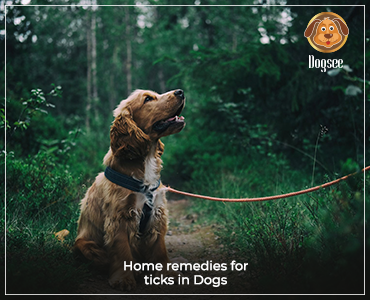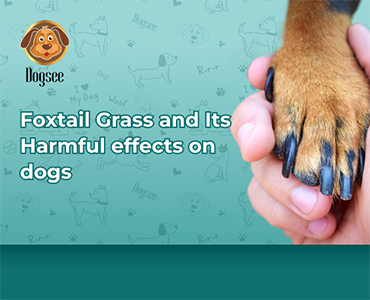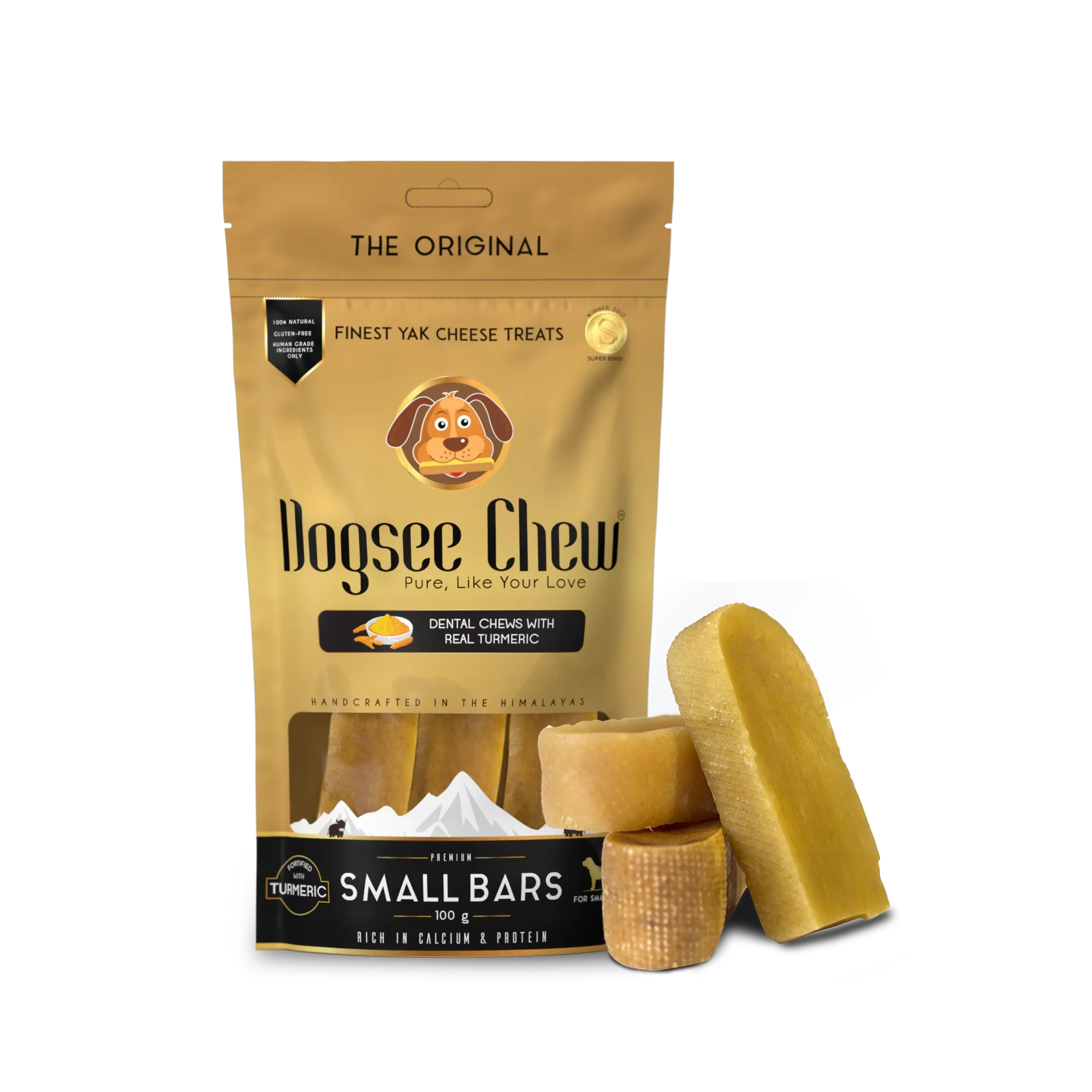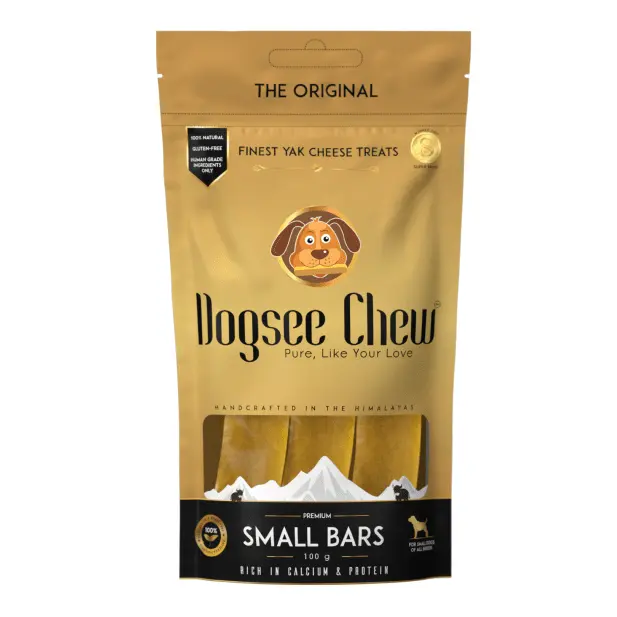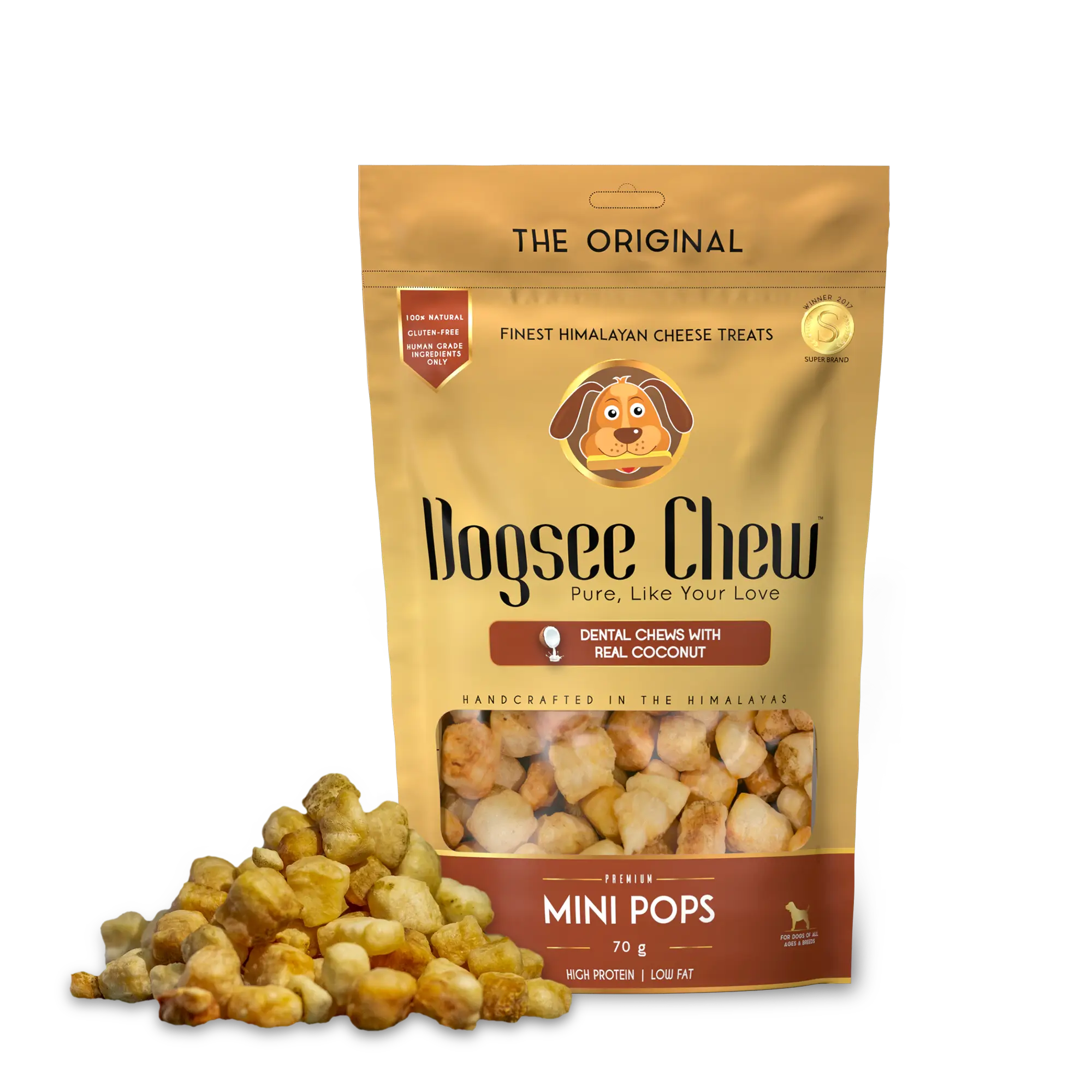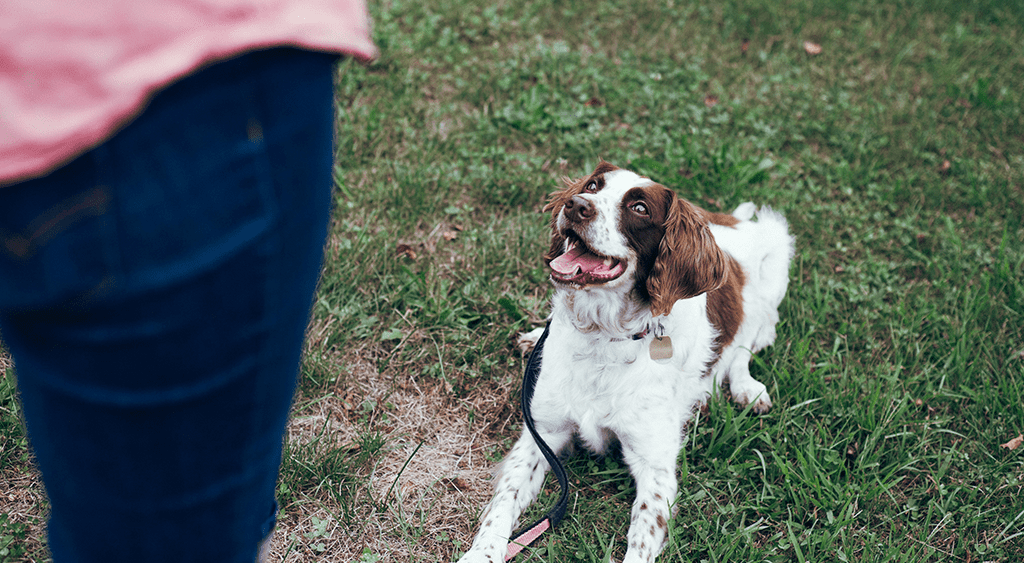
Positive reinforcement is the most effective method for teaching dogs new behavior or changing old habits.Dogs have the ability to grasp knowledge and change behavior through training at any age. Dogs learn just like humans in a way that they assess their interactions have good or bad consequences.
Learn why this dog training method is so effective and how to train a dog successfully using Soft Dog Training Treats.
About Positive Reinforcement
Positive reinforcement is a fun and simple way of teaching your pooch sensible behavior for dealing with various situations by introducing a positive stimulus after correctly performing a task.This method will encourage your pet to repeat the good behaviour keeping the positive end result in mind.
Guidelines To Successful Training
Follow these steps to achieve success in training your dog effectively
Reward In Real Time: When employing positive stimulus, proper timing is critical. If the incentive is not given soon after the required behavior, your pet may not associate it with the correct activity. For example, if you have your dog sit but then praise them after they stand back up, they will believe they are being rewarded for standing.
Consider Your Dog’s State Of Mind Before Training: Both you and your dog can have a lot of fun with positive training. However, if your dog isn't feeling up to it, don't push it. Avoid, for example, physically forcing your dog to sit or dragging them on a leash. If your dog isn't participating, it's a hint that now isn't the time to start training.
Keep It Short: While dog training, understand that communication is key. Do not confuse your dog with huge sentences they won’t be able to crack. Use Short words like “sit’ , ‘stand’ and try to demonstrate the actions yourself. Remember that dogs absorb body language far better than they understand words, so you must exude positivity as well as speak it.
Stock up on a wide variety of Soft Dog Treats: An enticing and irresistible treat as reward will surely tempt your dog to train better and perform tasks positively. Choose soft and small treats like Puffies and keep a variety of options available so that your dog would not get bored. Every time you offer a food reward, pair it with a vocal reward (praise). In an excited tone of voice, say "yeah" or "excellent dog." Then reward your dog with a treat.
Create a Positive Environment: While dog training, choose a place which would be free from any sort of distraction.Make sure your dog has had a pee break and that you're training at the appropriate time—if he hasn't recently eaten a meal, he'll work harder for dog training treats.
Read this blog to understand how to make most of your dog training sessions
Wean From Treats: While it is perfectly acceptable to use treats in the beginning to achieve the desired behaviour, you should gradually wean your dog off of them while continuing to offer praise and attention. Your dog will eventually forget about the treats and perform whatever you want just to please you. As a result, you become the treat.
You can also teach your dog to link a specific sound, such as "Tsch!" or a clicker, with obtaining a treat. Even if you take the treat away, your dog will still respond to the sound.
Conclusion
Training with rewards is enjoyable, strengthens the human-canine relationship, and, most importantly, fosters a love of learning in dogs. When teaching your dog, using these above strategies can help you maximise your success and tap into the true power of positive training.
 HELPFUL0 people found it helpful
HELPFUL0 people found it helpful
Related Blogs
Subscribe to Our Blogs
and never miss on the latest update!










